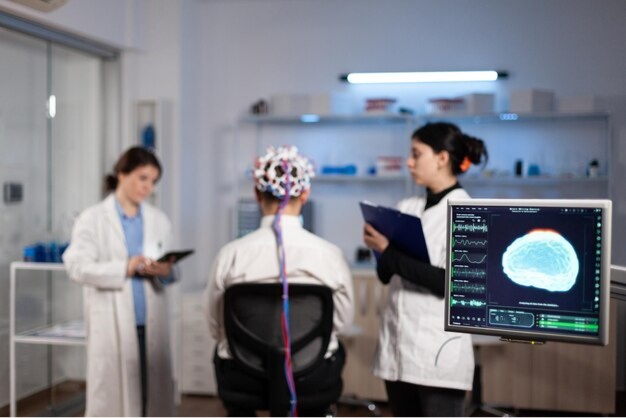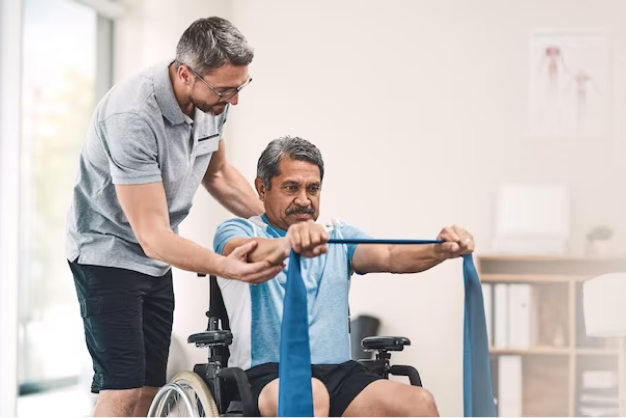
Caritas Neuro Sciences
Advancements in Neuroimaging Techniques
December 2023

Stroke is a sudden, life-threatening medical emergency that affects millions of people worldwide. It occurs when there is a disruption in the blood supply to the brain, leading to damage and loss of brain function. In this article, we will explore the different types of strokes, the critical warning signs, and the crucial role of rehabilitation in the recovery process.
Understanding Stroke
A stroke occurs when the blood flow to a part of the brain is obstructed or reduced, typically due to a blood clot (ischemic stroke) or a ruptured blood vessel (hemorrhagic stroke). The brain cells in the affected area quickly begin to die, leading to a range of symptoms that can vary in severity.
Types of Strokes
Warning Signs of a Stroke
Recognizing the warning signs of a stroke and seeking immediate medical attention is critical for minimizing the damage and improving the chances of recovery. The American Stroke Association has coined the acronym FAST to help people remember the common signs:
F - Face Drooping:One side of the face may droop or become numb. Ask the person to smile to check for asymmetry.
A - Arm Weakness: One arm may become weak or numb. Ask the person to raise both arms to see if one arm drifts downward.
S - Speech Difficulty: Speech may become slurred or difficult to understand. Ask the person to repeat a simple sentence.
T - Time to Call 911: If you observe any of these signs, it's crucial to call 911 immediately. Even if the symptoms go away, it's essential to seek medical attention.
The Role of Rehabilitation
Rehabilitation is a critical component of stroke recovery, helping survivors regain their independence and quality of life. Rehabilitation programs are typically tailored to the individual's specific needs and may include the following aspects:
Preventing Strokes
While some risk factors for stroke, like age and family history, cannot be changed, there are several modifiable risk factors that individuals can address to reduce their stroke risk. These include:
Stroke is a medical emergency that can have devastating consequences. Recognizing the warning signs and seeking prompt medical attention is crucial. Following a stroke, rehabilitation plays a vital role in helping individuals regain their independence and improve their quality of life. By understanding the types of strokes, warning signs, and the importance of rehabilitation, we can take steps to prevent strokes and support those who have experienced them on their journey to recovery.